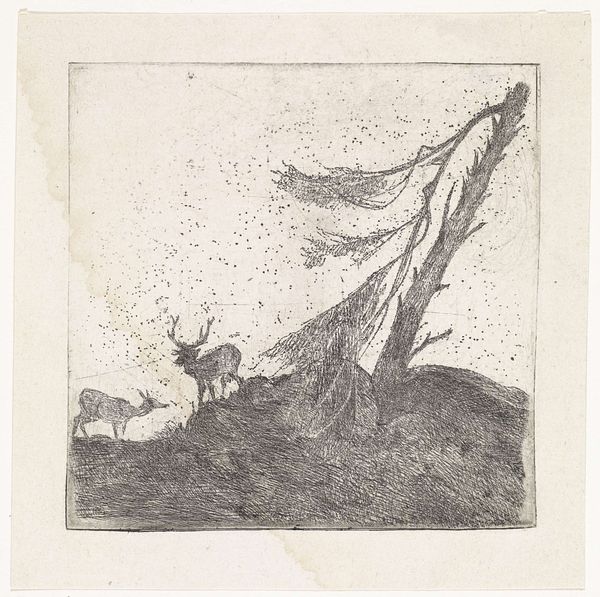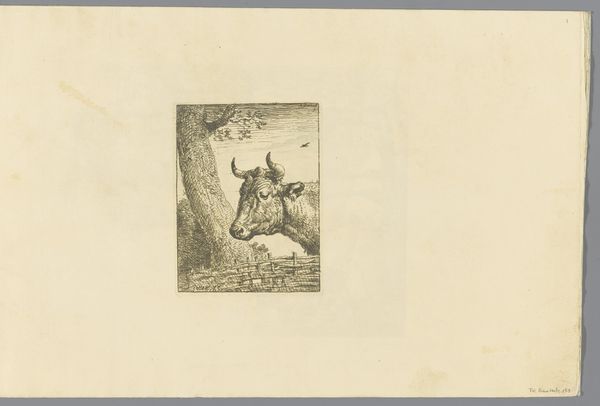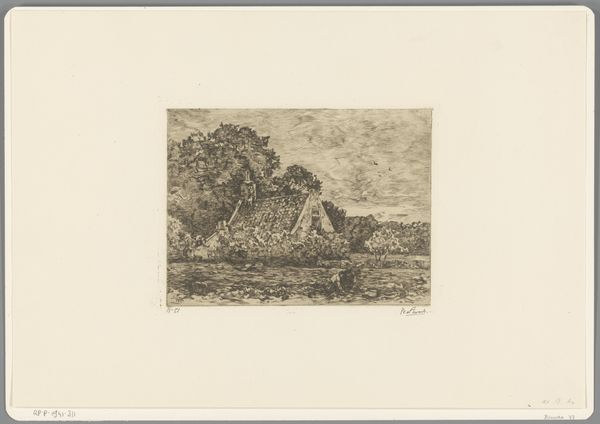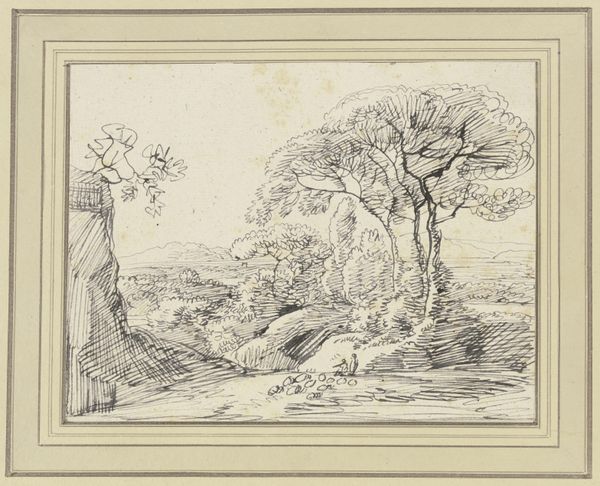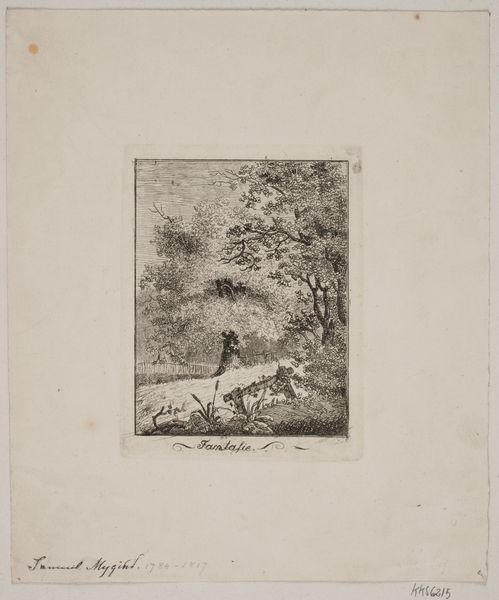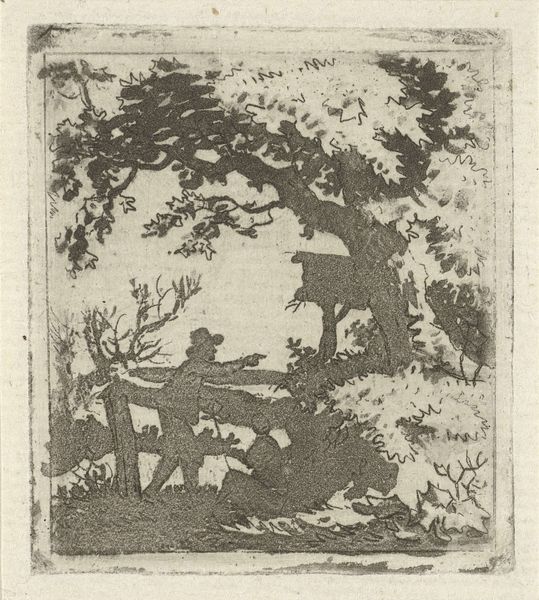
drawing, print, paper, woodcut, engraving
#
drawing
# print
#
landscape
#
paper
#
woodcut
#
line
#
genre-painting
#
engraving
Dimensions: 49 × 50 mm
Copyright: Public Domain
Curator: Let's take a look at this book illustration; it's an engraving, perhaps even a woodcut, by Thomas Bewick. There’s no date available, but his style is quite distinctive. Editor: Stark! My first impression is how utterly stark the contrast is between the white of the paper and the heavy blacks of the illustration. Curator: Absolutely. Bewick revolutionized wood engraving. Traditionally, engravers used softer woods, cutting with the grain. Bewick, however, used the harder end-grain of the wood. This allowed for much finer detail, enabling him to create these delicate lines we see. Editor: Right, this technique opened up the mass production of affordable illustrations and disseminated idealized visions of British rural life and social hierarchies. Think about who the targeted reader would have been, what these images affirmed about land ownership, about class, about human's role as master of nature… Curator: Consider the labor involved. Each tiny mark had to be painstakingly carved away. And this wasn’t just some isolated act of artistic creation. This was commercial work, intended for mass consumption. Think about the sheer number of impressions pulled from a single block of wood. Editor: I see how it normalizes this sort of activity in society as it illustrates what becomes almost an endorsement of this sport. We’re essentially looking at an early form of visual propaganda that celebrates class distinctions and their practices of controlling land through brutal, exploitative actions, even if those actions may seem harmless on the surface, or "traditional." Curator: Interesting points! I see it as showing the close relationship between artistic ingenuity and industrial processes. These prints played a key role in making images available to the public on a much wider scale. This small-scale engraving speaks volumes about shifts in both art making and labor in Britain at the time. Editor: Ultimately, this humble book illustration prompts us to question how deeply ingrained the aesthetics of power really are.
Comments
No comments
Be the first to comment and join the conversation on the ultimate creative platform.
